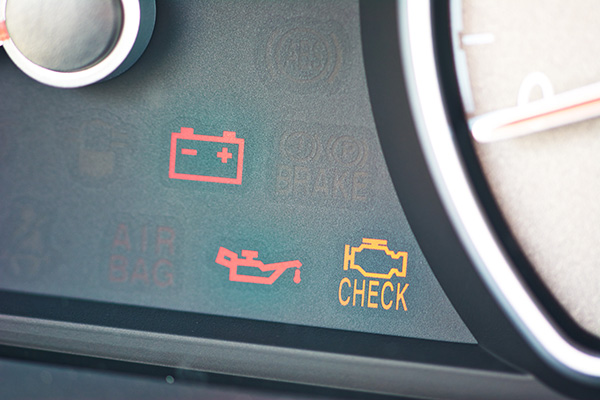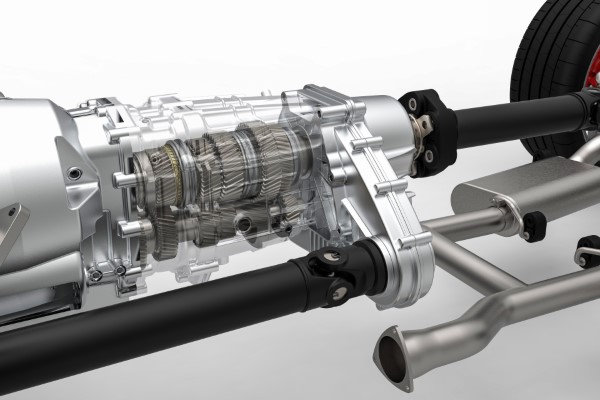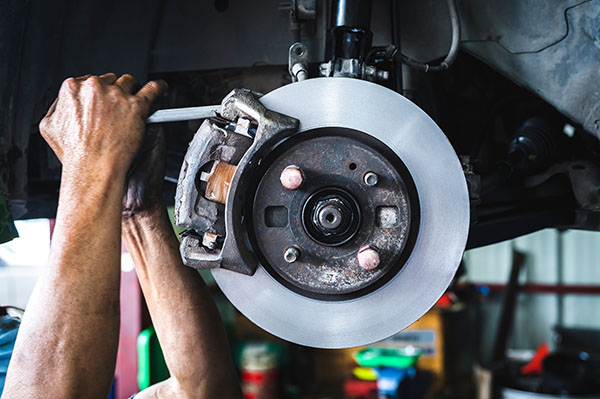Posted on 3/27/2024

You're cruising down the highway, enjoying the open road, when suddenly, the ominous glow of the check engine light appears on your dashboard. Panic sets in. How far can you safely drive with this warning beacon aglow? The question haunts many drivers, yet the answer can sometimes be complicated. Understanding the Check Engine Light Before we explore the extent of your journey with the check engine light illuminated, it's crucial to understand what this light signifies. Contrary to popular belief, it doesn't always indicate an imminent catastrophic failure. Instead, it serves as a signal from your car's onboard diagnostic system that something isn't quite right under the hood. The Importance of Prompt Action While it might be tempting to ignore the check engine light and carry on with your travels, doing so could lead to more significant issues down the road. That seemingly innocuous light could be a harbinger of impending ... read more
Posted on 2/27/2024

The clutch is a fundamental component of your car, pivotal for smooth transitions and overall driving experience. Neglecting its health can lead to performance dips and, ultimately, failures. It's crucial to heed the early signs of wear or failure to ensure your ride remains smooth and safe. Understanding Your Clutch The clutch is the heart of your vehicle's transmission system, facilitating the connection between the engine and the wheels. Ensuring its optimal performance is key to a seamless drive. It's not just about power transfer; it's about the harmony between the car's moving parts. Common Signs of Clutch Wear Slippage Slippage occurs when the engine revs increase, but the car doesn't accelerate as expected. Imagine stepping on the gas pedal and instead of zooming forward, the car h ... read more
Posted on 1/30/2024

When it comes to vehicle maintenance, choosing the right brake pads is as crucial. Brake pads are integral to your car's braking system, directly affecting its stopping power and safety. But with various types available, picking the right one can be daunting. SEMI-METALLIC Semi-metallic brake pads are a popular choice, known for their durability and excellent heat dissipation. Made with a blend of metals like steel, copper, and iron, they provide strong braking performance, especially in larger vehicles or for those who drive in more demanding conditions. Pros: Great for high-performance driving. Excellent heat resistance and transfer. Cons: Tend to be noisier than other types. More wear and tear on brake rotors. CERAMIC ... read more
Posted on 12/19/2023
.jpeg)
As a car owner, you know your vehicle is more than just a hunk of metal and wires. But beneath its gleaming exterior lies the heart of the matter: the engine. This mechanical wonder asks for little but gives much, powering your journeys both near and far. To keep this relationship strong and the engine's desires met, here are seven engine maintenance tips and tricks that are crucial for every car enthusiast or daily driver to have up their sleeve. 1. Regular Oil Changes Imagine running a marathon while dehydrated - that's what an engine without fresh oil is like. Oil lubricates moving parts, reduces friction, and helps dissipate heat. Over time, it gets contaminated with particles that can wear down your engine. Stick to your manufacturer's recommended oil change schedule – typically every 3,000 to 5,000 miles – to ensure longevity. 2. Air Filter ... read more
Posted on 11/27/2023
.jpeg)
Imagine your car as a living being, its fuel system, the beating heart that keeps it alive on the road. Just like our own hearts need care and attention, so does your vehicle's fuel system. Understanding how it works and knowing how to maintain it can save you from unexpected breakdowns and hefty repair bills. The Basics of Fuel System Functionality The fuel system is the vital link between your car's fuel tank and its engine, responsible for delivering the necessary fuel for combustion. It consists of several key components, including the fuel tank, fuel pump, fuel filter, fuel injectors, and carburetor (in older models). The fuel pump plays a crucial role in drawing fuel from the tank and pressurizing it for efficient delivery to the engine. Meanwhile, the fuel filter ensures that the fuel reaching the engine is free of contaminants, safeguarding its performance and longevity. Fuel Injection vs. Carburetors In modern vehicles, fuel ... read more